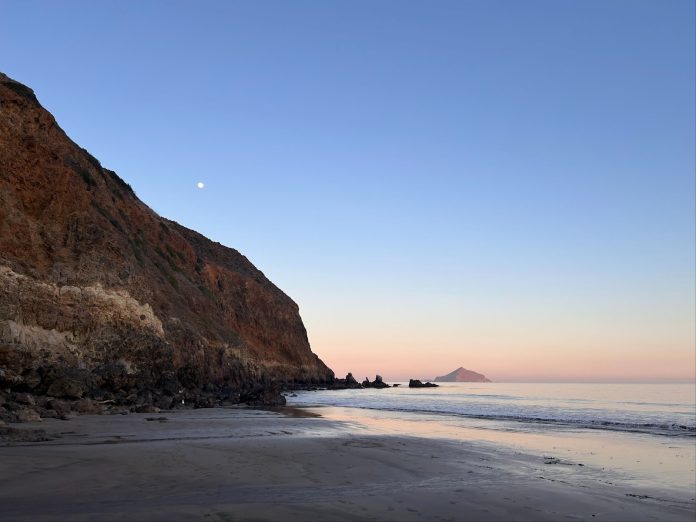Spencer Page
Senior Staff Writer
Just off the coast of southern California, the Channel Islands are among the most unique and ecologically significant places in the United States. These eight isolated islands are home to 150 species found nowhere else on Earth, stunning marine sanctuaries, and cultural histories dating back thousands of years. Despite their beauty and historical importance, the future of the Channel Islands is uncertain. Problems with erosion, invasive species, loss of biodiversity, and the increasing pressures of tourism all endanger the balance, uniqueness, and survival of these islands.
To combat these threats, I propose that a more aggressive, multidimensional approach that includes scientific restoration, sustainable tourism, government regulation, and community education must be implemented to better preserve the natural environment of the islands.
Firstly, to ensure the sustainability of native wildlife on the islands, the loss of biodiversity due to human activity must be addressed. Invasive species, introduced either accidentally or intentionally, have majorly altered the ecological balance of the islands in recent history. These species pose direct threats to native flora and fauna by outcompeting them for resources, spreading disease, and disrupting long-established food webs. For example, the introduction of pigs in the early 2000’s led to severe vegetation loss, soil erosion, and the decline of native plant species. Successful eradication programs, however, such as the 2006 removal of the invasive pigs on Santa Cruz Island, allowed native plants and animals to begin recovering.
Secondly, as more visitors are drawn to the Channel Islands each year, it’s important to be mindful of the environmental toll that excessive tourism can take. While ecotourism can help fund conservation efforts and foster appreciation for the islands, over-visitation can quickly lead to unregulated tourism, which directly damages the very ecosystems visitors come to enjoy. To help maintain the integrity of these islands, controlled access in the ways of limiting visitors and enforcing strict “leave no trace” policies must be used. Ultimately, education is key to long-term preservation. Schools, universities, and local media, specifically in the neighboring southern California area, should promote the ecological and cultural significance of the Channel Islands. These teachings can integrate the importance of the Channel Islands into local identity and promote support for environmental sustainability.
However, to accomplish and maintain any of these preservation efforts, the government on all levels must play a crucial role. Beyond funding park services and conservation programs, in order to help preserve the Channel Islands and other places like it in the U.S., the government should incentivize sustainable tourism practices and support research into climate resilience. In the same way that the Galapagos Islands are heavily persevered and protected by Ecuador, the Channel Islands deserve a similarly protective approach.
The Channel Islands stand as a rare ecological testament to what the nature of the United States and California once was. But their future depends on continued deliberate and unified action through continued restoration efforts, strong governmental support, and widespread public education. The Channel Islands serve as a reminder of what remains to be preserved, and these proposed efforts can help them thrive for generations to come.











